Process of CNC Rapid Prototyping
Author: SAIVS Date Published: Nov 09,2023
CNC Rapid Prototyping, also known as CNC-RP, is a process that combines computer numerical control (CNC) machining
with Rapid Prototyping techniques to quickly produce functional prototypes or models of a product.
It involves using CNC Machines, which are automated milling, cutting, and drilling machines,
to precisely machine a physical prototype based on a digital design.
CNC Rapid Prototyping offers a fast and accurate method for creating prototypes,
allowing for accelerated product development cycles and facilitating innovation in product design.
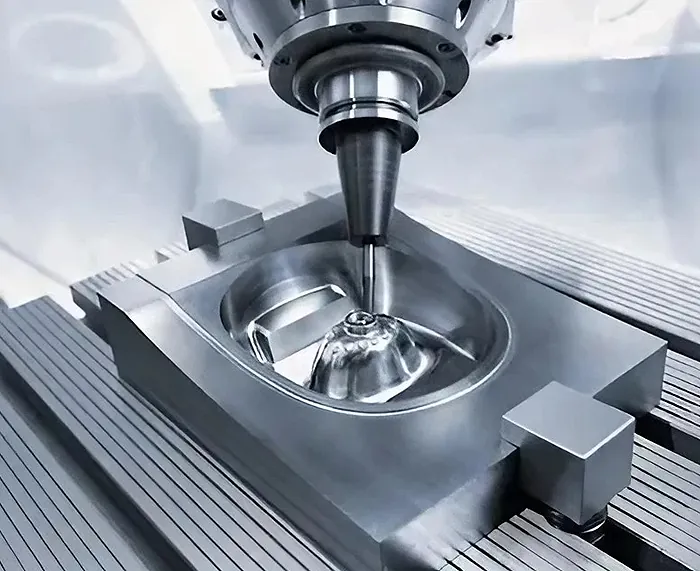
Here is the step-by-step process of CNC Rapid Prototyping (CNC-RP):
1. Design Ideations: Product designers or engineers create multiple design concepts for the product,
considering factors like dimensions, features, manufacturing, and testing requirements.
2. Generation of 3D Files: The selected designs are converted into 3D files, typically using CAD software,
which define the specifications and dimensions of the final product.
3. Identification of Production Sequence: The machining process required to create each
feature of the prototype is determined. The sequence of manufacturing steps, such as CNC routing,
turning, cutting, milling, drilling, is planned to ensure a seamless CNC machining cycle.
4. CNC Programming: The CNC program is created, which includes instructions in the form of G-codes and M-codes.
These codes specify the tool selection, travel time and distance, feed rate, cutting depth,
and other parameters necessary for the CNC machine to execute the machining process accurately.
Note: The programming process involves calculations for feed rates, cutting depths, travel distances, etc.,
which are incorporated into the G-codes or M-codes to create the CNC program.
5. Production (Prototyping): The CNC program is loaded into the CNC machine's control panel.
The workpiece is securely mounted on the machine, and the machining process begins.
Through multiple CNC machining operations, the prototype of the desired product is produced.
The prototype can be a non-functional model or a fully functional prototype, depending on the requirements.
Note: For fully functional prototypes with mechanical linkages or interconnected components,
individual parts may be manufactured using CNC machining and then assembled.
6. Testing: Testing is a crucial step in CNC rapid prototyping. The CNC prototypes are thoroughly
tested to evaluate their functionality, identify any defects or errors, assess durability, and overall performance.
This step helps ensure that the desired product meets the intended design and functional requirements.
By following these steps, the CNC-RP process allows for efficient and accurate prototyping,
enabling product designers and engineers to validate their designs before moving forward with mass production.
Why Choose SAIVS™ as Your Supplier?
1.Superb Quality Control Management
At SAIVS, we take pride in our perfect quality management systems and procedures, which guarantees the excellent performance of all our producs, being a professional Investment Casting | Die Casting| Sand Castingmanufacturer in China.
2.Rich Production Experience
With 20 years of experience in production, SAIVS has a deep understanding of the market and trends, and strives for continuous research and innovation. This has created advantages in both the product's performance and appearance.
3.Competitive Prices
As a Chinese factory committed to becoming the most cost-effective Investment Casting | Die Casting| Sand Castingexporter in China, SAIVS provides high-quality products at advantageous prices. By lowering costs and increasing efficiency, we ensure that our customers receive the best possible value for their investment.
4.Perfect After-sales Service
At SAIVS, we strive to provide superior customer service that meets and exceeds expectations. We are always available for any questions or concerns you may have, and we stand by our commitment to providing excellent after-sales support.
Related Posts
-
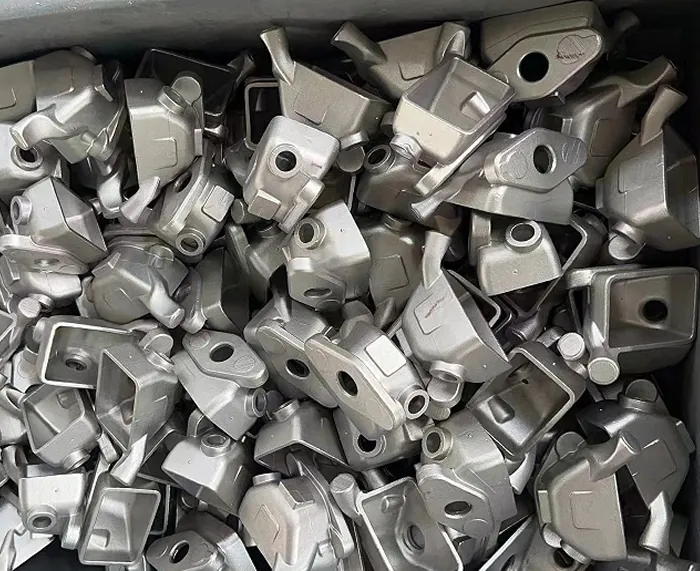
Choosing a Stainless Steel Foundry: Key Factors to Consider
Stainless steel casting is a manufacturing process that involves pouring molten stainlesssteel into a mold to create a desired shape or component. It is a versa...
-
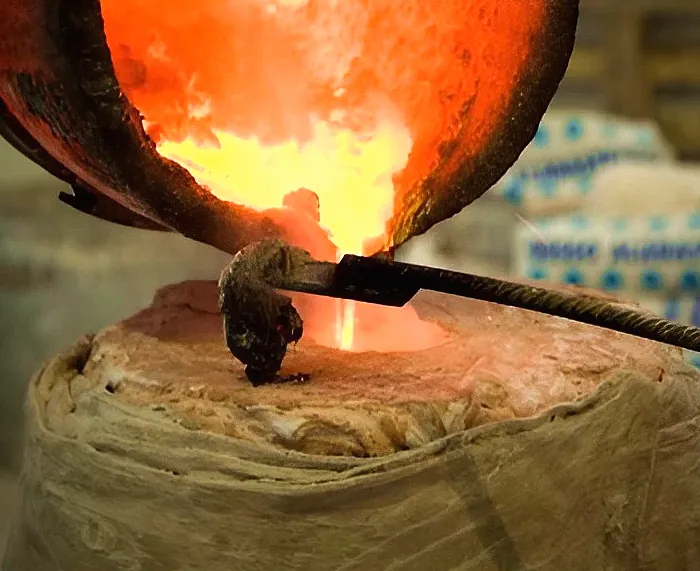
Unlocking Diversity: 3 Types of Sand Molds Commonly Used in Sand Casting
Learn about the 3 main sand molds used in sand casting.
-
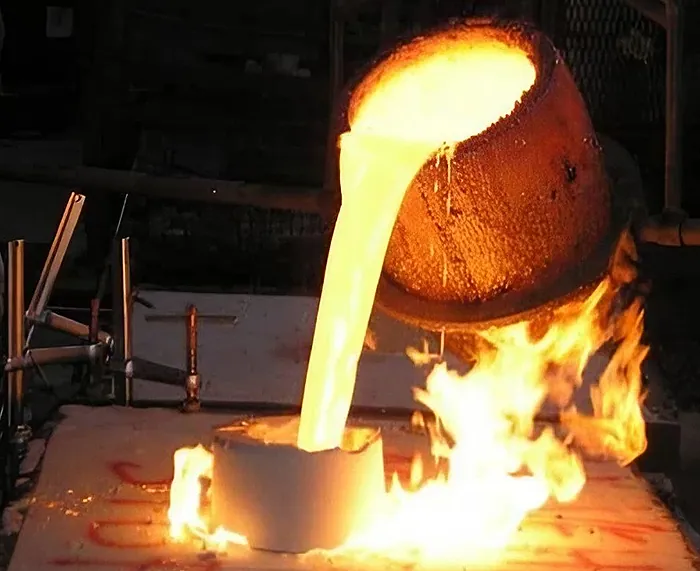
Forged vs Cast:Which Is Better
Metalworking processes play a crucial role in shaping various components and structures used in diverse industries.Among these processes, forging and casting ar...
-
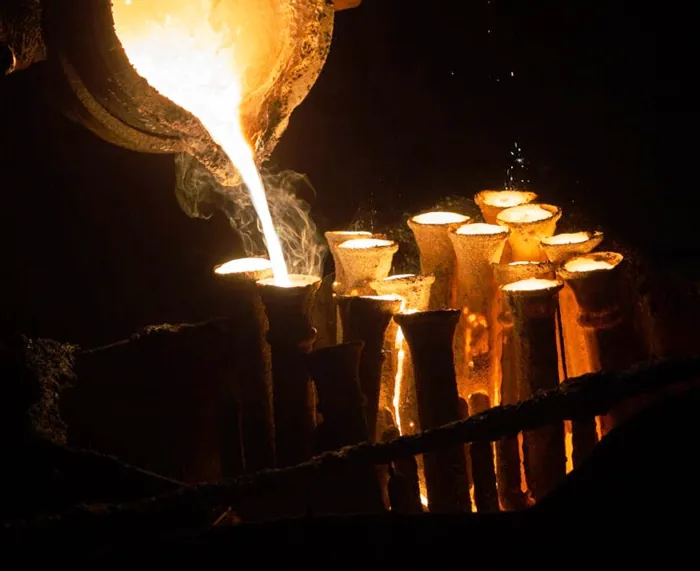
Debunking the Top 7 Myths of Investment Casting
Investment casting offers numerous benefits over other casting processes, including cost savings (reduced machining costs and material use), fine detail, t
-
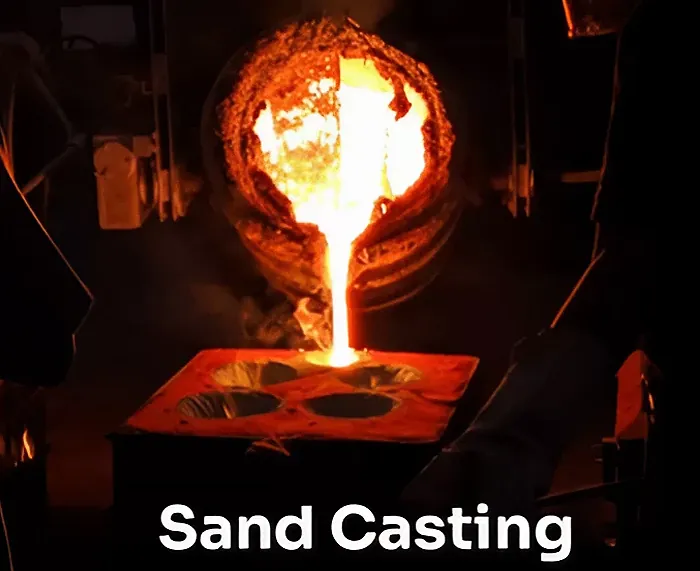
The 6-Step Process of Sand Casting: A Step-by-Step Guide to Creating Metal Castings
This comprehensive guide delves into the 6-step process, from pattern making and mold preparation to melting, pouring, and finishing.
-

Powder Coating: A Durable and Sustainable Finishing Solution
Powder coating offers a superior alternative to traditional liquid coatings. Learn about the process, composition, and FAQs about powder coating.

